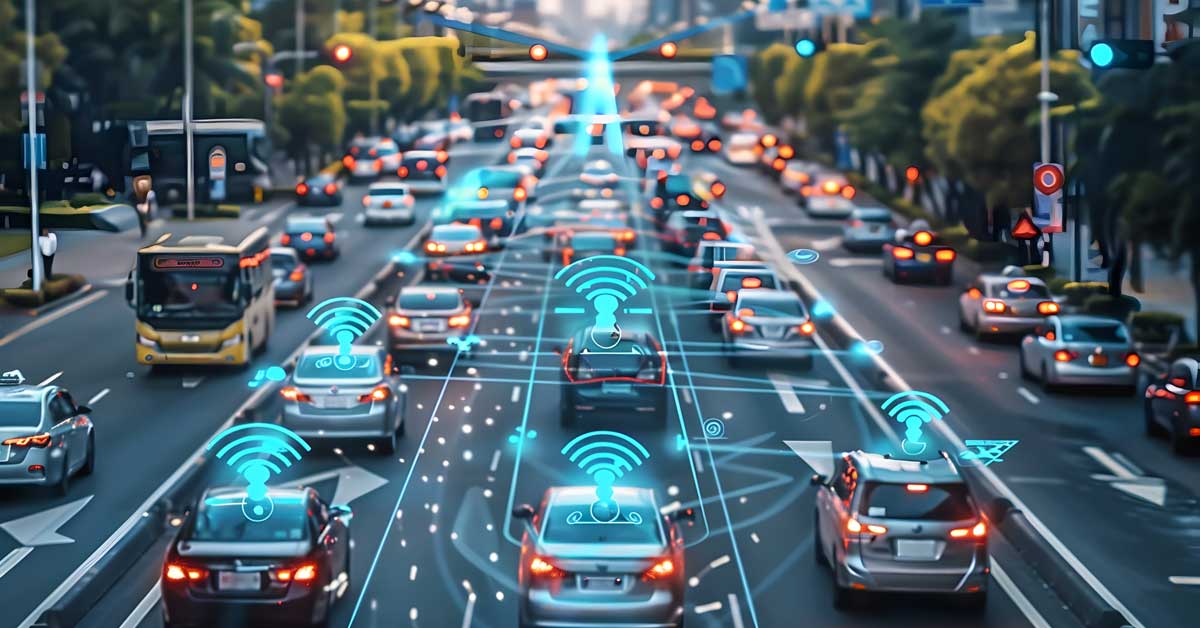
Throughout this blog series, we’ve explored various facets of IoB, from its application in smart cities to its role in behavioral analytics. By examining how IoB is revolutionizing personalization and enabling precision targeting, we aim to offer a comprehensive understanding of this burgeoning field. Whether creating tailored experiences or enhancing engagement through data-driven insights, IoB leads modern technological advancement.
In today’s digital landscape, the Internet of Behaviors (IoB) has become a transformative force, changing how businesses approach personalization and targeting. For tech executives, CMOs, CTOs, and business owners, understanding and leveraging IoB can provide a significant competitive edge. This blog delves into IoB’s profound effects on personalization and targeting and connects it to our previous discussion on behavioral analytics. Let’s explore how IoB is shaping future business strategies.
Introduction to IoB in Personalization and Targeting

As consumers interact with digital platforms, they generate vast amounts of data. IoB leverages this data to gain insights into user behaviors, preferences, and patterns. By analyzing these behaviors, businesses can craft highly personalized experiences that resonate with individual users. The result? Enhanced targeting, increased engagement, and improved conversion rates. This shift towards personalization is not just a trend but a necessity in today’s customer-centric market. IoB enables companies to deliver hyper-relevant messages and offers at the right time, in the right context, and through the right channels.
By continuously monitoring and analyzing consumer behavior, IoB enables businesses to stay ahead of shifting trends and adapt their strategies in real-time. This dynamic approach not only enhances the consumer experience but also builds brand loyalty, as customers feel understood and valued. Furthermore, IoB-driven insights allow for more precise segmentation, ensuring that marketing efforts are well-spent on the appropriate audiences. Ultimately, the integration of IoB in personalization and targeting processes empowers businesses to maximize their ROI and foster long-term relationships with their customers.
The Power of Contextual Targeting
Context is crucial for personalization. With access to data from multiple sources like websites, social media, and location-based services, IoB provides a comprehensive view of customers. This enables businesses to understand not just what consumers are doing, but why. By leveraging this data, companies can tailor their messaging and offers to fit a user’s current situation, needs, and preferences. For instance, a retail brand can use IoB to send personalized promotions to shoppers who have shown interest in specific products. Contextual targeting helps businesses refine their customer journey maps, identifying pain points and optimizing interactions for a seamless experience. This leads to improved customer satisfaction, reduced friction, and a more cohesive brand experience, ultimately driving loyalty and long-term success.
Enhanced User Experience through Personalization

One of the most significant benefits of IoB in personalization is the ability to deliver tailored content and experiences. By understanding individual user behaviors, businesses can provide recommendations, offers, and content that align with each user’s interests. For example, e-commerce platforms like ShopEase leverage IoB to create seamless shopping journeys. ShopEase collects data from various touchpoints, constructing comprehensive profiles for each user. This enables the platform to personalize product suggestions, driving higher sales and customer satisfaction. Moreover, IoB extends to customer support, where virtual assistants and chatbots use behavioral data to anticipate needs and provide timely responses, enhancing overall user experience.
The Ethical Implications of IoB in Personalization
While IoB offers vast benefits in personalization, it also presents ethical considerations. Companies must responsibly and transparently handle sensitive data, ensuring explicit user consent and robust privacy measures. Ethical practices are essential to maintain consumer trust as IoB evolves. Moreover, businesses must address potential algorithmic biases in IoB-driven personalization, which could reinforce stereotypes or exclude users. Regular audits, diverse development teams, and transparency in data use can help mitigate these risks. By prioritizing these measures, businesses can ensure their IoB strategies are both effective and equitable for all users.
Precision in Marketing Efforts

IoB enables precise targeting by allowing businesses to segment their audience based on behavior, complementing traditional demographic-based targeting with behavioral data. This comprehensive understanding leads to more effective marketing campaigns, as tailored messages and offers resonate with specific user segments. For instance, CMOs can use IoB data to identify high-value customers and create targeted campaigns that yield higher ROI.
By leveraging IoB data, businesses can also employ real-time marketing strategies that adjust based on current customer behaviors and conditions. This dynamic approach ensures the relevance and timeliness of marketing messages. For example, a travel agency could send personalized destination recommendations based on recent travel searches, while retailers might push real-time discounts to nearby customers to drive immediate foot traffic. This precision and responsiveness not only enhance customer engagement but also improve the effectiveness of marketing efforts, increasing conversions and fostering customer loyalty.
Improved Customer Retention

Understanding customer behavior is key to retention. IoB allows businesses to anticipate customer needs and proactively address potential issues. By analyzing patterns in user behavior, companies can identify signs of churn and implement retention strategies. For example, subscription-based services can use IoB to detect when a user is likely to cancel and offer personalized incentives to retain them. This proactive approach not only reduces churn but also strengthens customer loyalty. By leveraging IoB-driven insights, companies can implement more tailored and timely interventions that resonate with their customers on a personal level.
Integration with Behavioral Analytics
Our previous discussion on IoB in behavioral analytics highlighted the importance of understanding user behavior to drive business decisions. When combined with personalization and targeting, IoB provides a comprehensive framework for optimizing customer interactions. Behavioral analytics offers insights into why users behave a certain way, while IoB focuses on leveraging these behaviors for targeted actions. This synergy enhances the effectiveness of both personalization and targeting strategies, creating a seamless customer experience. By combining the strengths of IoB and behavioral analytics, businesses can create highly adaptive and responsive customer engagement models. This integration allows for continuous learning and adjustment based on real-time data, ensuring that marketing efforts remain pertinent and effective.
Cons
Collecting and analyzing behavioral data raises significant privacy concerns that need to be addressed to maintain user trust. Ensuring the security of sensitive user data is paramount to protect against breaches and misuse. The implementation complexity of integrating IoB into existing systems can be both resource-intensive and challenging, requiring substantial investment in time and technology. Moreover, the effectiveness of IoB is highly dependent on the quality and accuracy of the data collected; poor data quality can lead to ineffective or misleading insights. Finally, adhering to data protection regulations is crucial for compliance, as failure to do so can result in legal repercussions and diminished consumer confidence.
The Future of IoB in Personalization and Targeting

Looking ahead, the future of IoB in personalization and targeting is promising yet challenging. As technology continues to advance, the potential for even more granular and real-time personalization will grow. However, businesses must navigate privacy concerns and regulatory landscapes carefully. The integration of IoB with emerging technologies like artificial intelligence and machine learning will further enhance its capabilities, providing deeper insights and more precise targeting. Companies that invest in robust IoB strategies will be well-positioned to thrive in the competitive digital marketplace. Overall, IoB is transforming the way businesses interact with their customers and will continue to shape the future of personalization and targeting in the years to come. So, it is essential for companies to embrace this technology and put ethical frameworks in place to ensure responsible use of user data for a seamless and personalized customer experience.
Conclusion
The Internet of Behaviors (IoB) represents a revolutionary way to understand and influence user behavior through data. Throughout this blog series, we’ve explored various aspects of IoB, from smart cities to behavioral analytics, and its impact on personalization and targeting. It’s clear that IoB has the potential to transform customer interactions, urban management, and business strategies. However, businesses must implement ethical practices and robust data protection measures to build trust. Leveraging behavioral data enables companies to deliver tailored experiences, driving engagement, conversions, and retention. While promising, IoB also presents challenges that need careful navigation. Tech executives, CMOs, and business owners must embrace IoB to stay competitive and succeed in a more personalized future.













